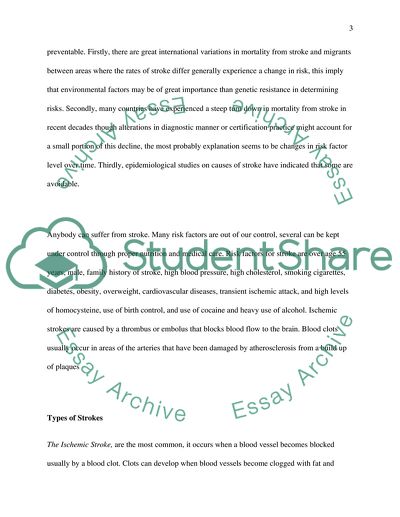Cite this document
(“Discuss the contribution of patient reported (subjective) and Essay”, n.d.)
Discuss the contribution of patient reported (subjective) and Essay. Retrieved from https://studentshare.org/health-sciences-medicine/1586568-discuss-the-contribution-of-patient-reported-subjective-and-objective-quantitative-measurement-to-clinical-assessment-that-could-inform-outcome-within-a-person-centred-physiotherapy-management-strategy-for-stroke
Discuss the contribution of patient reported (subjective) and Essay. Retrieved from https://studentshare.org/health-sciences-medicine/1586568-discuss-the-contribution-of-patient-reported-subjective-and-objective-quantitative-measurement-to-clinical-assessment-that-could-inform-outcome-within-a-person-centred-physiotherapy-management-strategy-for-stroke
(Discuss the Contribution of Patient Reported (subjective) and Essay)
Discuss the Contribution of Patient Reported (subjective) and Essay. https://studentshare.org/health-sciences-medicine/1586568-discuss-the-contribution-of-patient-reported-subjective-and-objective-quantitative-measurement-to-clinical-assessment-that-could-inform-outcome-within-a-person-centred-physiotherapy-management-strategy-for-stroke.
Discuss the Contribution of Patient Reported (subjective) and Essay. https://studentshare.org/health-sciences-medicine/1586568-discuss-the-contribution-of-patient-reported-subjective-and-objective-quantitative-measurement-to-clinical-assessment-that-could-inform-outcome-within-a-person-centred-physiotherapy-management-strategy-for-stroke.
“Discuss the Contribution of Patient Reported (subjective) and Essay”, n.d. https://studentshare.org/health-sciences-medicine/1586568-discuss-the-contribution-of-patient-reported-subjective-and-objective-quantitative-measurement-to-clinical-assessment-that-could-inform-outcome-within-a-person-centred-physiotherapy-management-strategy-for-stroke.


